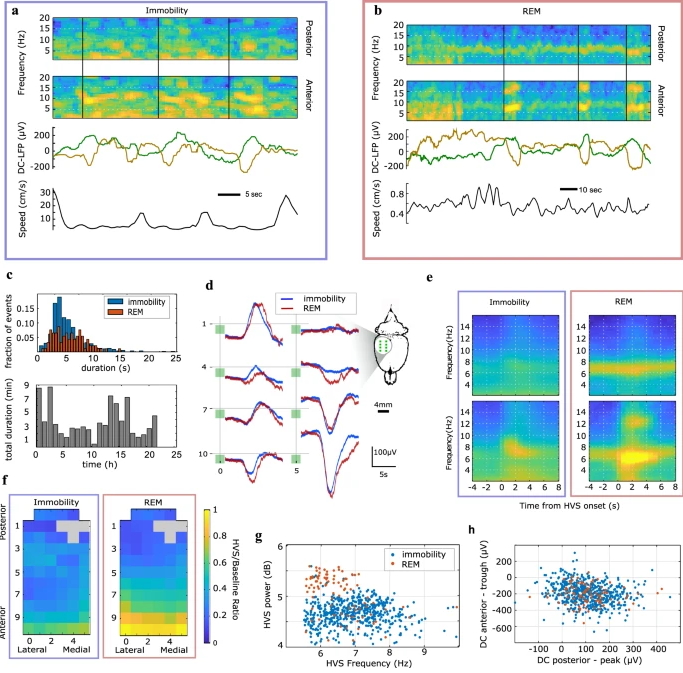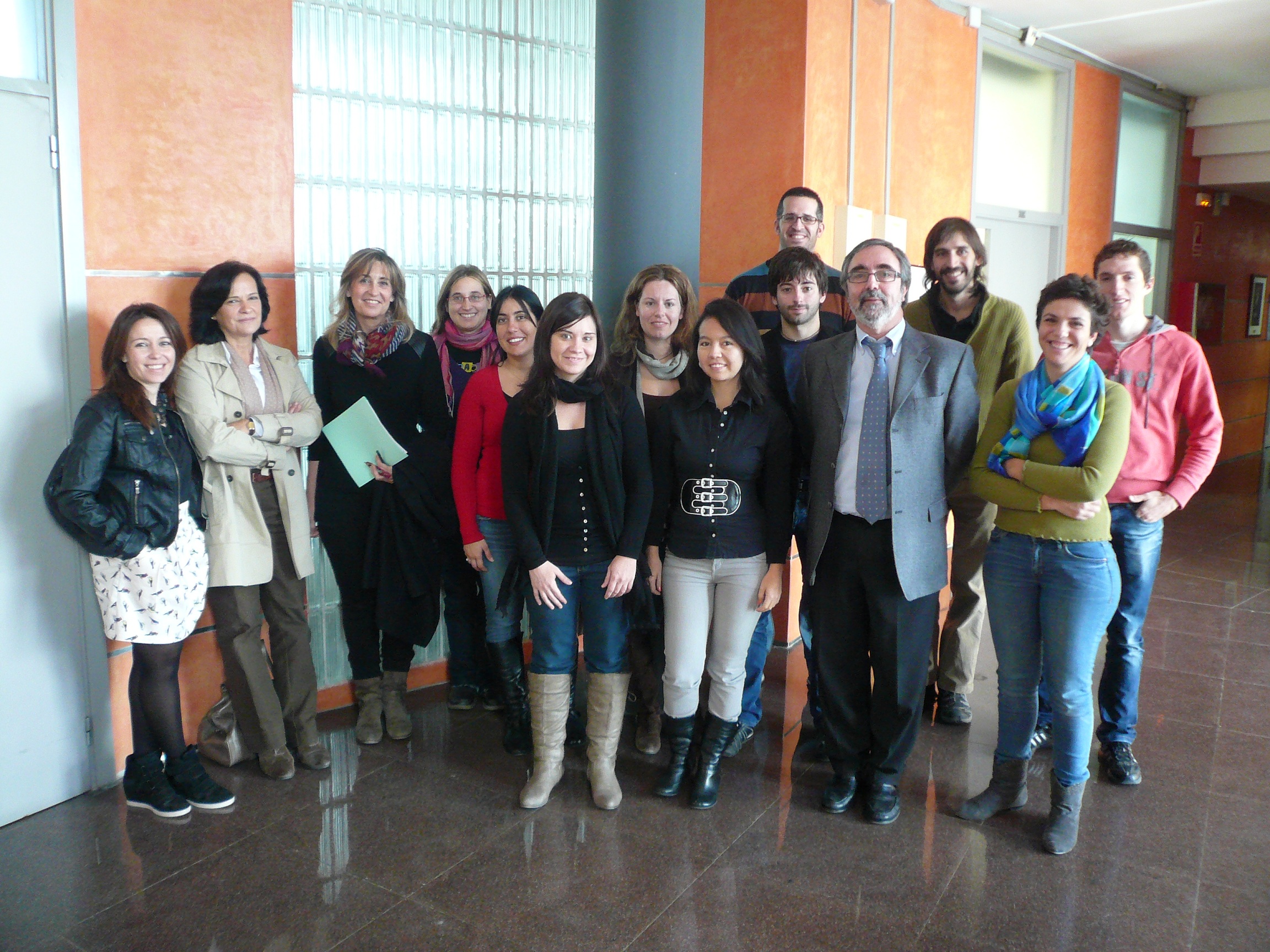Graphene active sensor arrays for long-term and wireless mapping of wide frequency band epicortical brain activity
Researchers of Nanbiosis U8 Micro– Nano Technology Unit, from CIBER-BBN and IMB-CNM-CSCIC have published an article in Nature Communications on Graphene arrays for long-term and wireless mapping of epicortical brain activity. A collaborative work in the framework of the Brain Com and Graphene EU projects. The article mentions the participation of NANBIOSIS-ICTS.
Graphene active sensors have demonstrated promising capabilities for the detection of electrophysiological signals in the brain. Their functional properties, together with their flexibility as well as their expected stability and biocompatibility have raised them as a promising building block for large-scale sensing neural interfaces. However, in order to provide reliable tools for neuroscience and biomedical engineering applications, the maturity of this technology must be thoroughly studied. Here, we evaluate the performance of 64-channel graphene sensor arrays in terms of homogeneity, sensitivity and stability using a wireless, quasi-commercial headstage and demonstrate the biocompatibility of epicortical graphene chronic implants. Furthermore, to illustrate the potential of the technology to detect cortical signals from infra-slow to high-gamma frequency bands, we perform proof-of-concept long-term wireless recording in a freely behaving rodent. Our work demonstrates the maturity of the graphene-based technology, which represents a promising candidate for chronic, wide frequency band neural sensing interfaces.
Article:
Garcia-Cortadella, R., Schwesig, G., Jeschke, C. et al. Graphene active sensor arrays for long-term and wireless mapping of wide frequency band epicortical brain activity. Nat Commun 12, 211 (2021). https://www.nature.com/articles/s41467-020-20546-w










